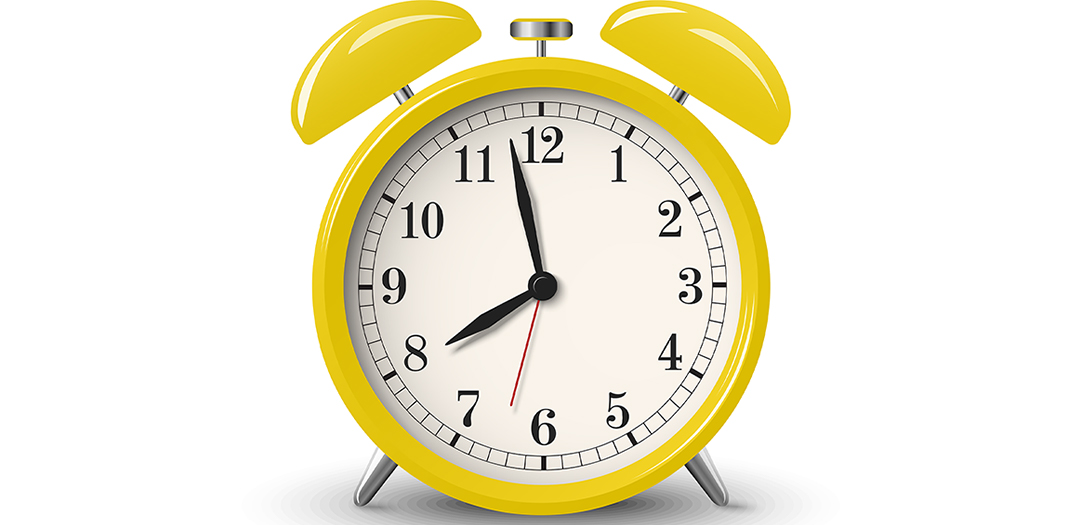We’ve tackled “What’s in it for me?” So now let’s look at “How long will this take?” Let’s face it: we all love instant gratification. Why? Because waiting can be boring… and it can be hard. The phrase that pairs perfectly with children and car rides comes to mind: “Are we there yet?” It’s not always enough to know that there’s something in it for us, we also like an idea of when we can expect it. In ABA, schedules of reinforcement are used to control the timing and delivery of reinforcement. Remember: reinforcement refers to increasing the likelihood that a behavior will recur.
The simplest to grasp is continuous reinforcement. It’s exactly as it sounds. Continuous reinforcement is given continually or every time the desired behavior occurs. Think of a toddler’s shape sorter toy that plays a musical note each time they correctly insert a piece. The reinforcement (musical note) is delivered each time the desired behavior (inserting a shape correctly) occurs. Continuous reinforcement is great for teaching new skills because it quickly establishes a connection between behavior and reinforcement. It can be tricky to uphold for an extended period of time though because reinforcement can lose its effectiveness. Back to our toddler and their shape sorter: after it has become clear to them that they will hear a musical note for each piece, the novelty and reward of the sounds wears off, so they crawl away… this is all assuming you haven’t hidden or removed the batteries from the noisy toy already!
Continuous reinforcement isn’t entirely sustainable. Not to mention, as we acquire new skills, we shouldn’t have to be reinforced every step along the way to achieving more challenging goals. This is where intermittent schedules of reinforcement enter the picture. There are four intermittent reinforcement schedules: fixed ratio, fixed interval, variable ratio, and variable interval. Fixed schedules have been predetermined or set. Fixed ratio schedules refer to a set rate or number of responses that need to occur before reinforcement. I may be showing just how un-techie I am because I know everything is digital nowadays, but I used to love when local cafes, ice cream parlors, or restaurants gave punch-cards to track your visits to their establishments. Maybe after 5, 10, or 15 purchases, I’d receive a free coffee, ice cream, or appetizer. The businesses had set up fixed ratio schedules of reinforcement for patrons. Given that I used to have up to 6 of these punch-cards in my wallet at a time, the fixed schedule certainly worked for me!
Whereas fixed ratio schedules are based on a set number of responses, fixed interval reinforcement schedules run on a set amount of elapsed time. I know we have touched on this example in past blogs, but it’s important enough to all of us to revisit again: paychecks!! Whether it’s weekly, biweekly, or monthly, paychecks are given on a fixed interval schedule. Additionally, many gaming apps use fixed interval schedules to reward gamers who log in at regular intervals with bonus points, currency, clues, or what have you.
Conversely, variable reinforcement schedules are not predetermined, are unpredictable, and are liable to change. In variable ratio reinforcement schedules, there is no predetermined number of responses that need to occur before reinforcement. The example I have heard the most often to illustrate variable ratio reinforcement is gambling. There’s no telling how many slot machine levers you’ll need to pull, poker hands you’ll need to play, or scratch-off cards you’ll need to buy before you hit the jackpot… or at least win a buck or two. The unpredictability and the possibility of reward is enough to keep us coming back for more. Not a gambler? Me neither. I am a commuter though and one who still listens to FM radio, and that means commercials. I don’t stick around for commercials. When commercials begin on one channel, I rapid-fire through my list of favorites until I find a song that I like. There is no fixed number of channels I pass along the way…the fewer the better!
You may not realize this, but you have yourself on a variable interval reinforcement schedule every day when you check your text messages. We often check our phones at random – notification sound or not – for texts. At random and at no fixed amount of elapsed time you may see or read something that makes you laugh, smile, and more willing to pick up your phone later. Angry cat memes, words of positivity from a friend, a picture of your baby niece, or good news from work… any of these are the random feedback we need to check back in for more.
If you have been keeping up with our blogs, you are certainly On YOUR Way… to understanding and applying a key component of ABA: reinforcement. Continue checking in with us for future content on how reinforcement and reinforcement schedules are being used with our learners to promote the acquisition of skills and to enhance prosocial behaviors.


